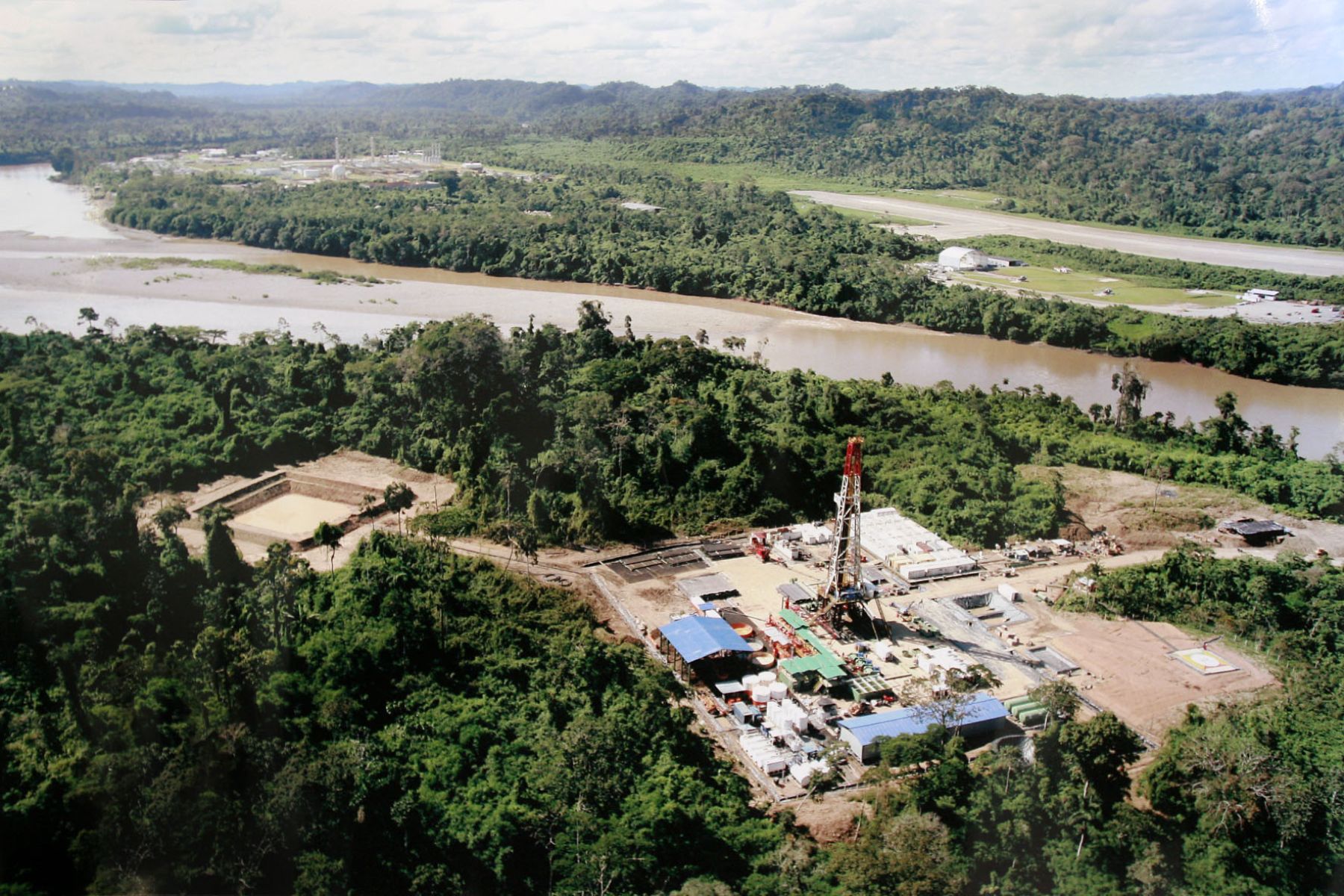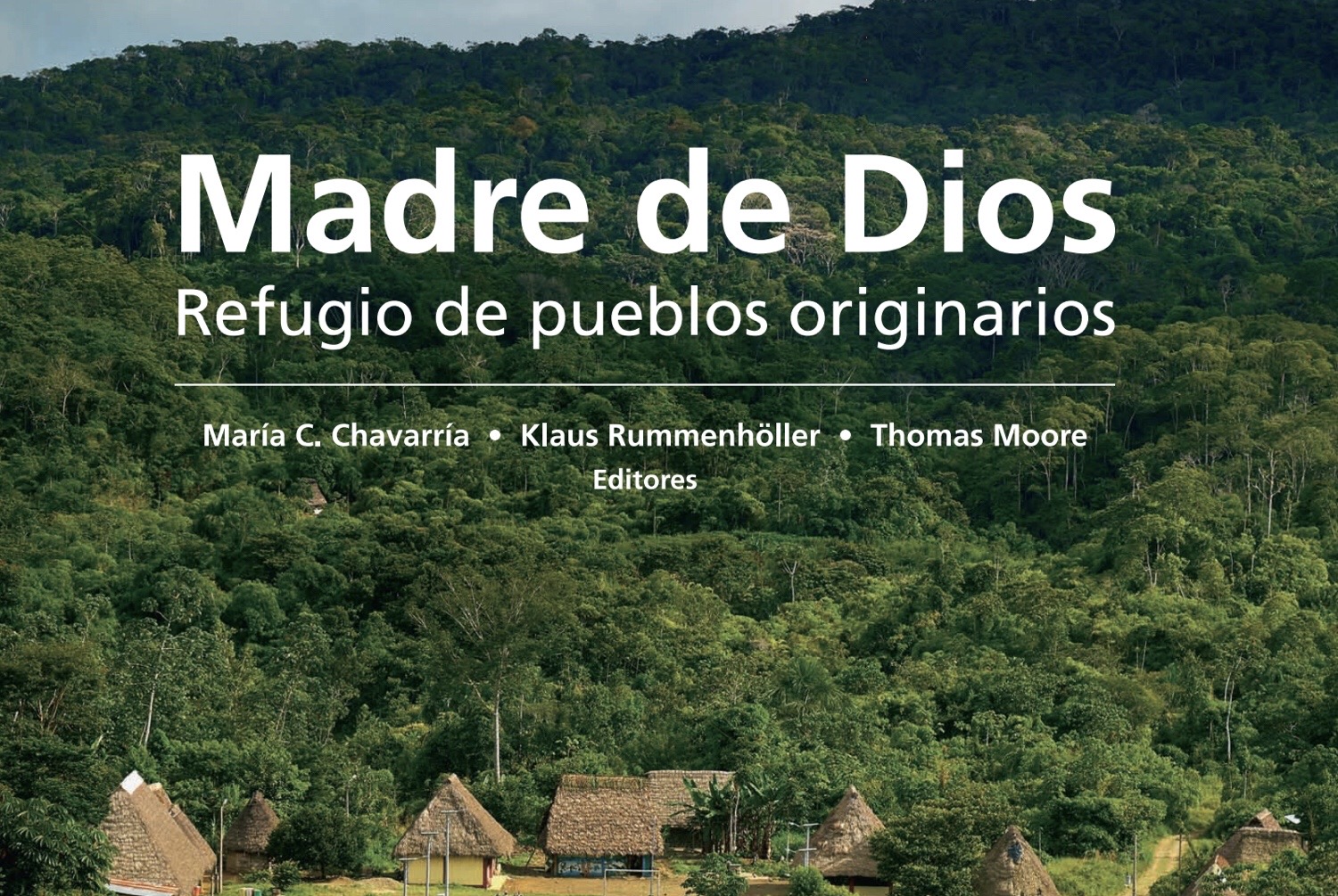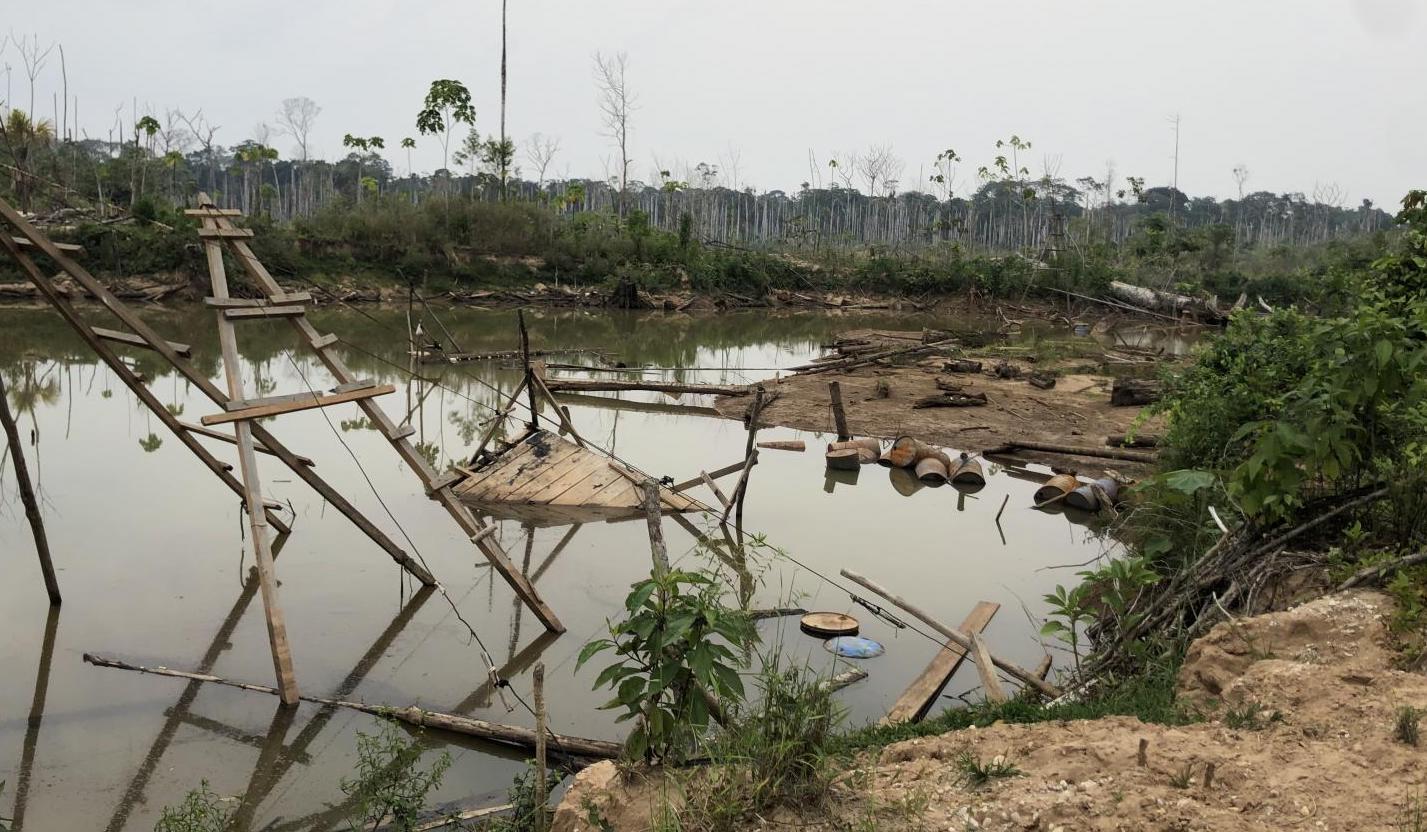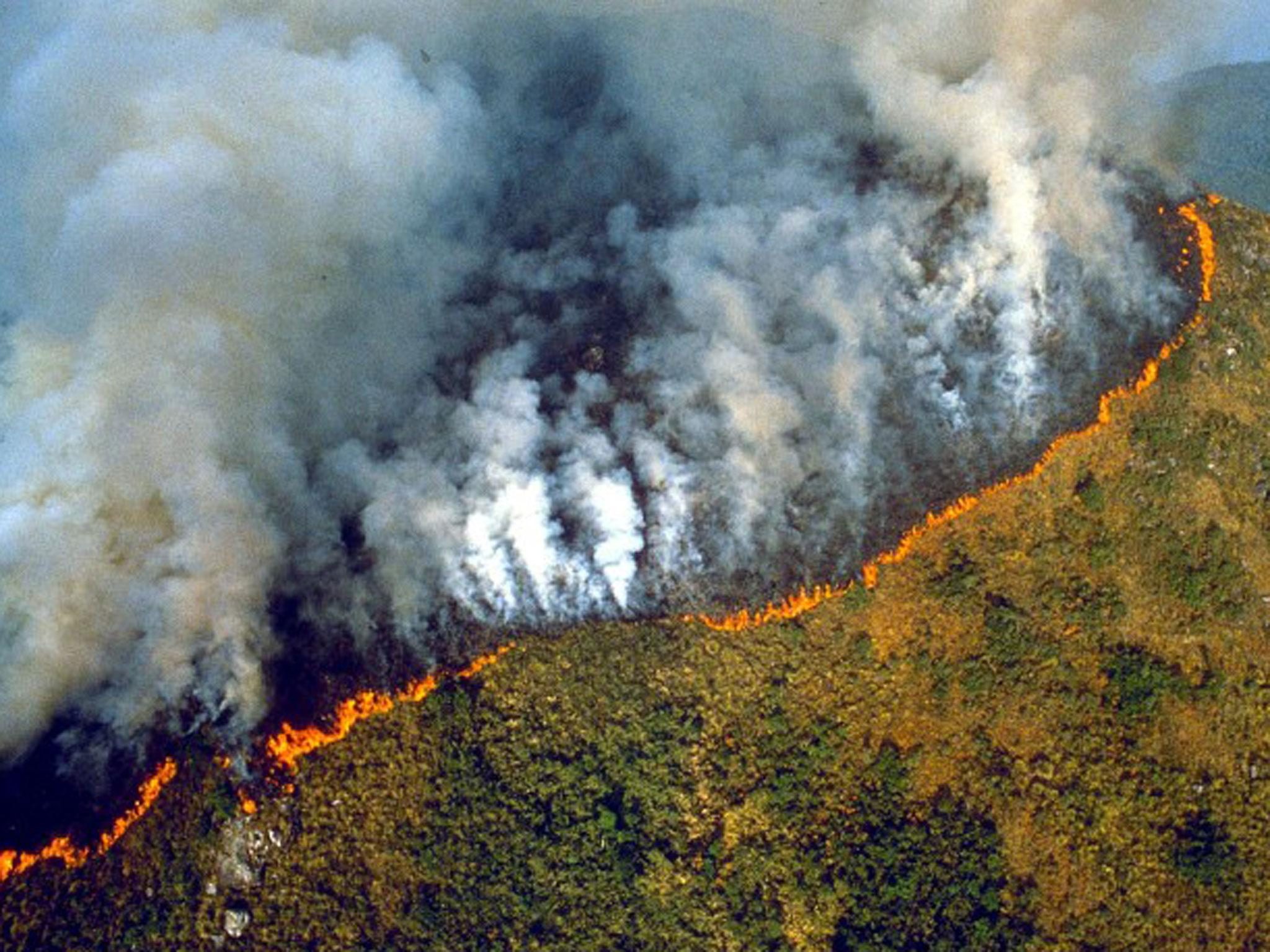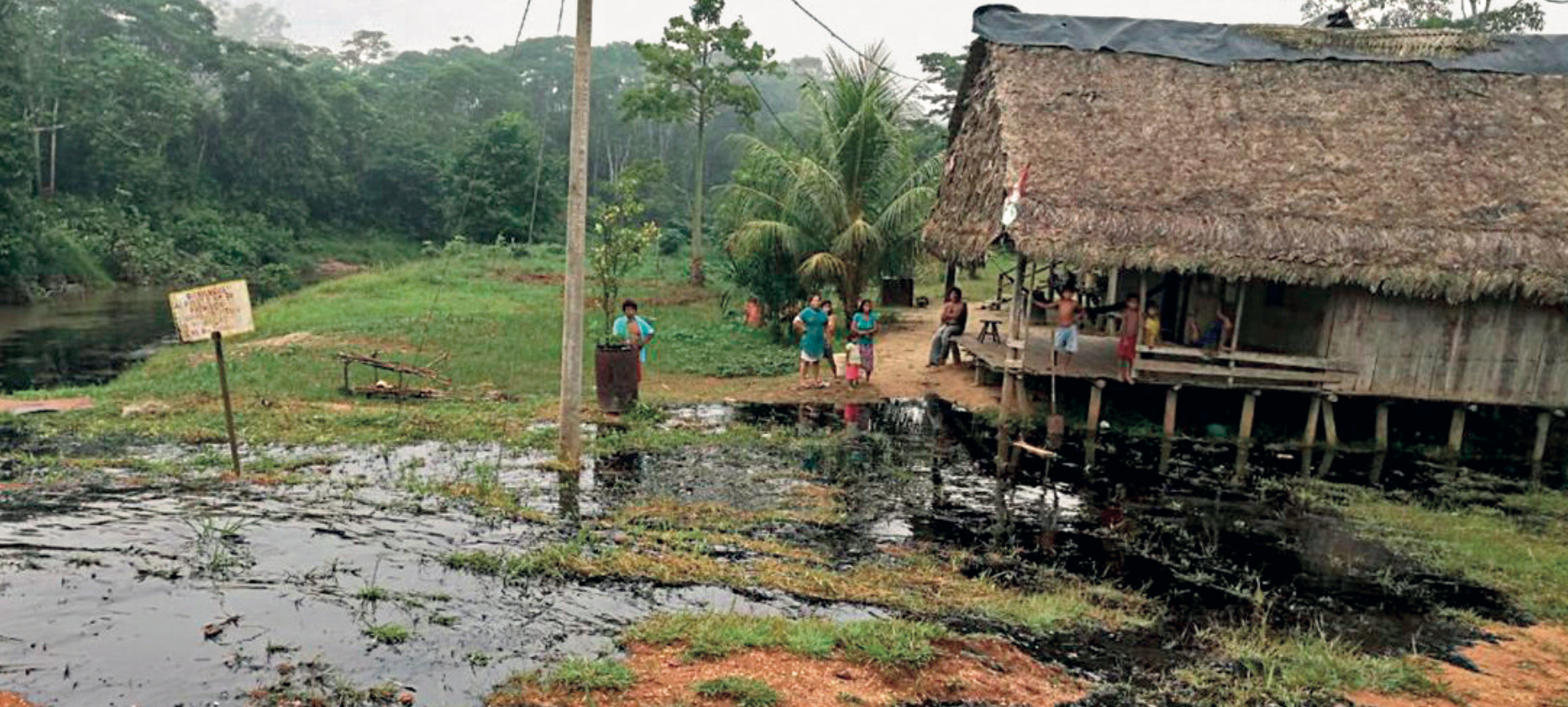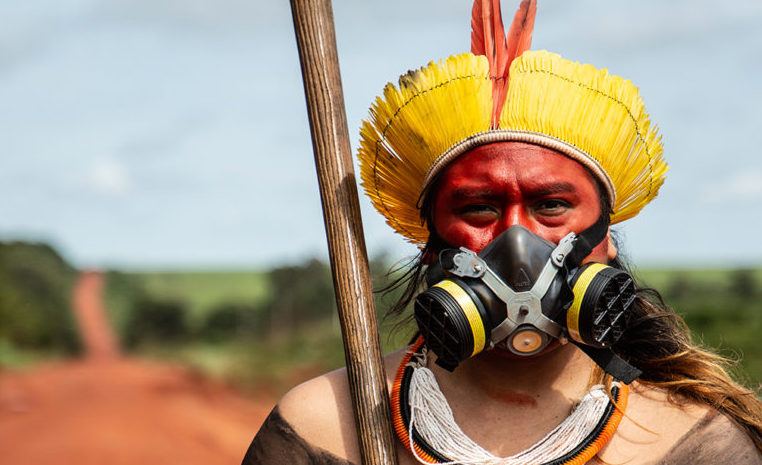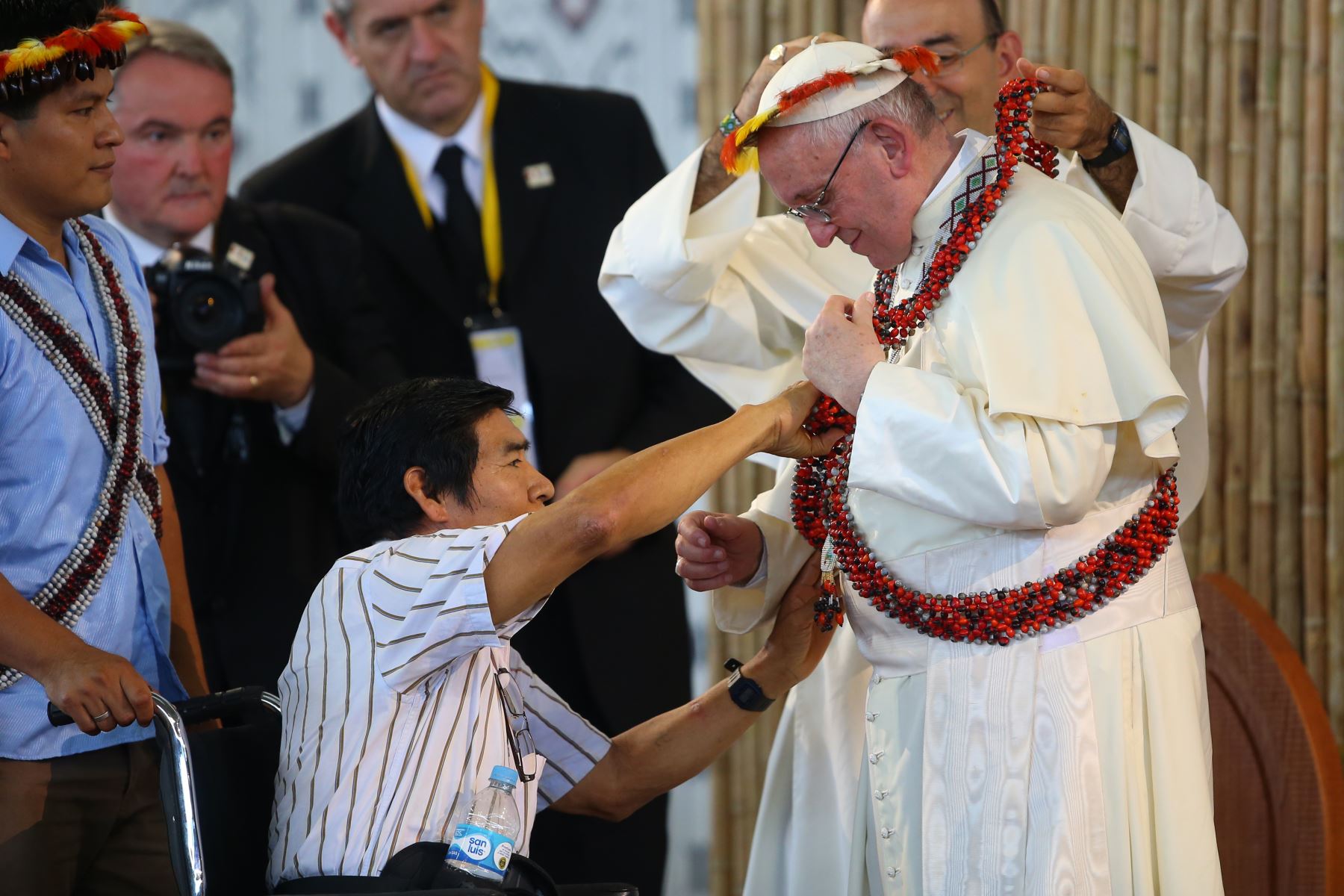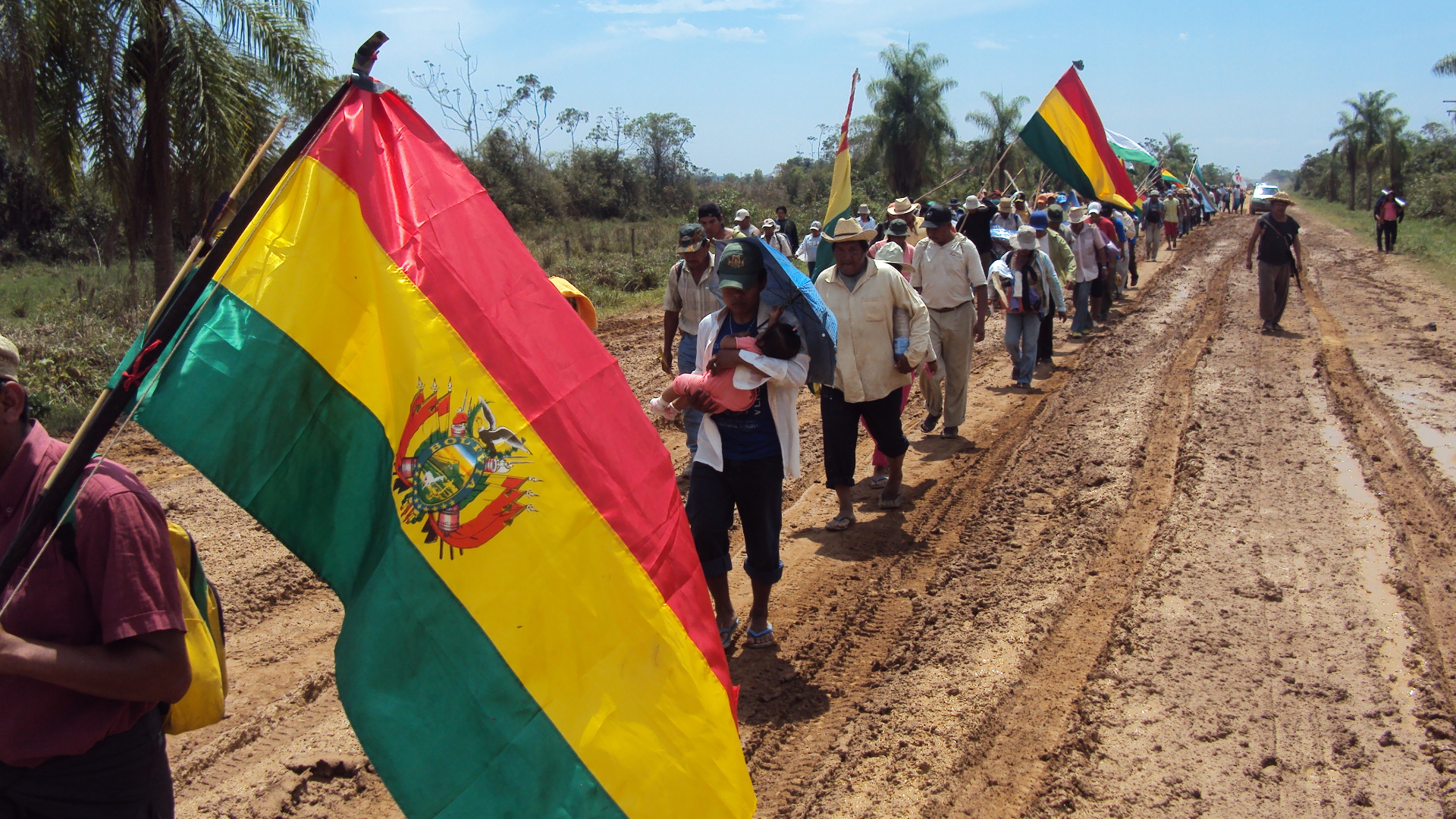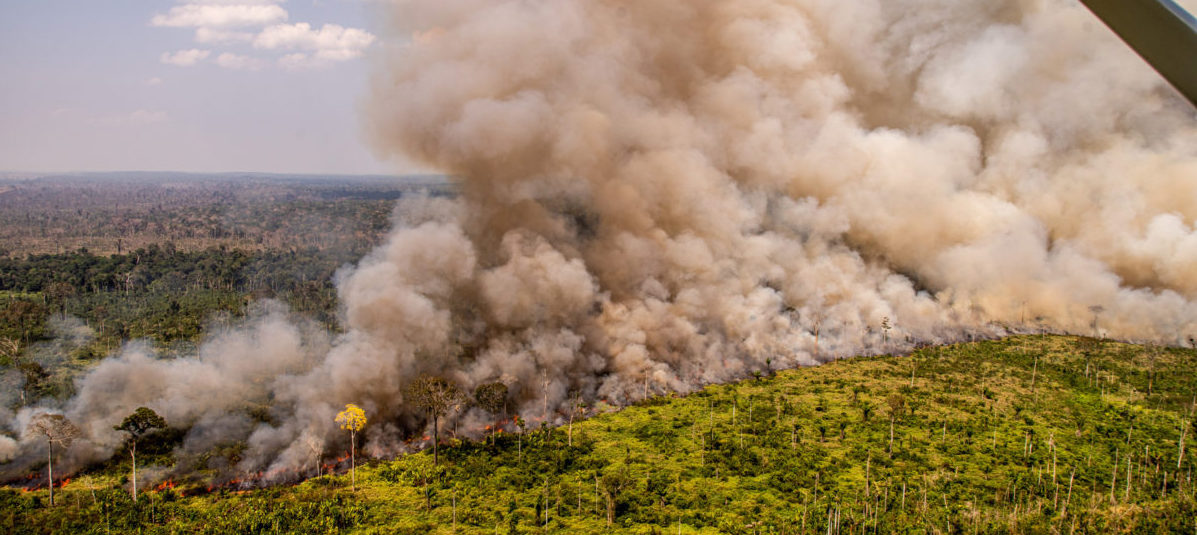
Brazil’s Amazon is now a net carbon source: study
The Amazon has long played a vital role in balancing the global carbon budget, but new evidence suggests the climate scales are tipping in the world’s largest rainforest. Now, according to a study published in Nature, the Brazilian Amazon is emitting more carbon than it captures. Southeastern Amazonia, in particular, switched from being a carbon sink to a carbon source during the study period. Emissions were high in 2010, when the study began, because of a dry El Niño year, and researchers expected to see emissions return to normal afterward. But this never happened. The reason: emissions from forest fires—which have accelerated dramatically under President Jair Bolsonaro. (Photo via Mongabay)



